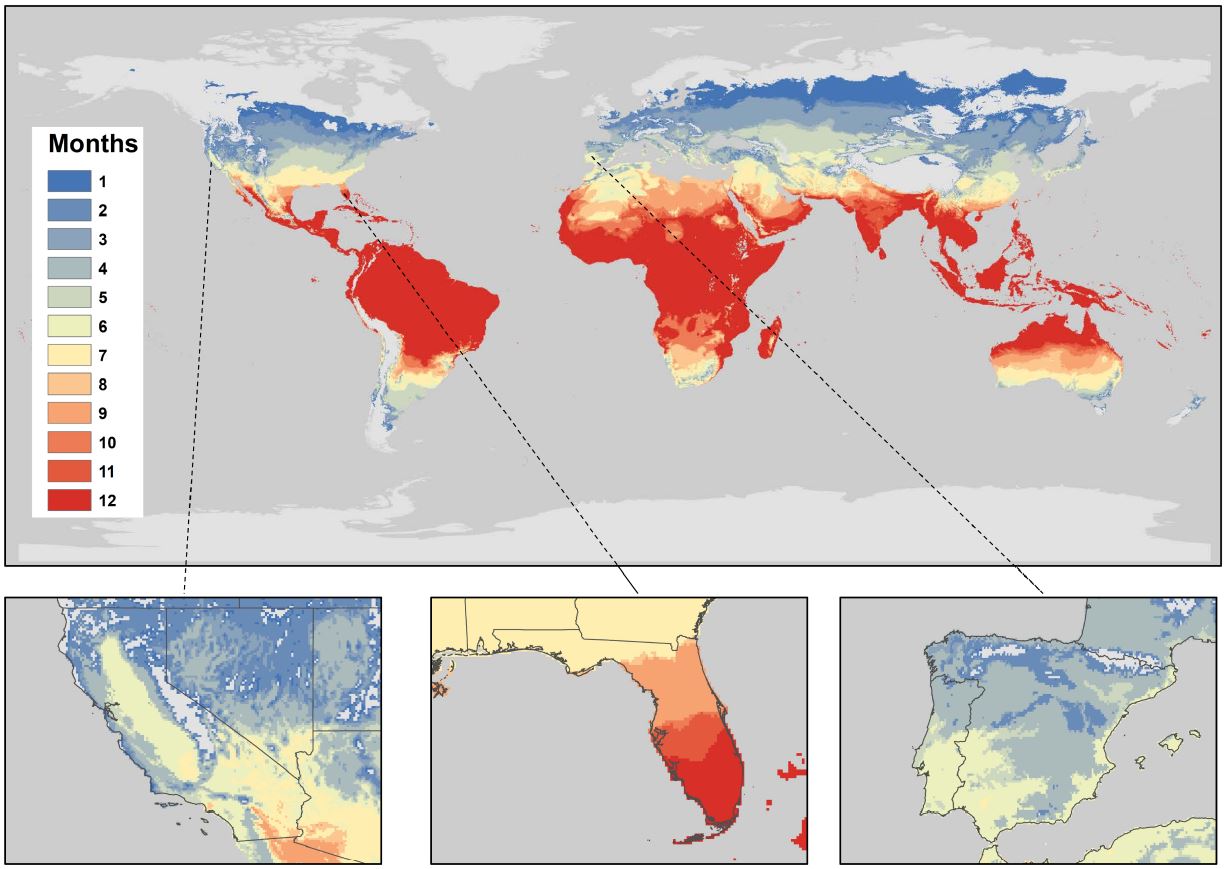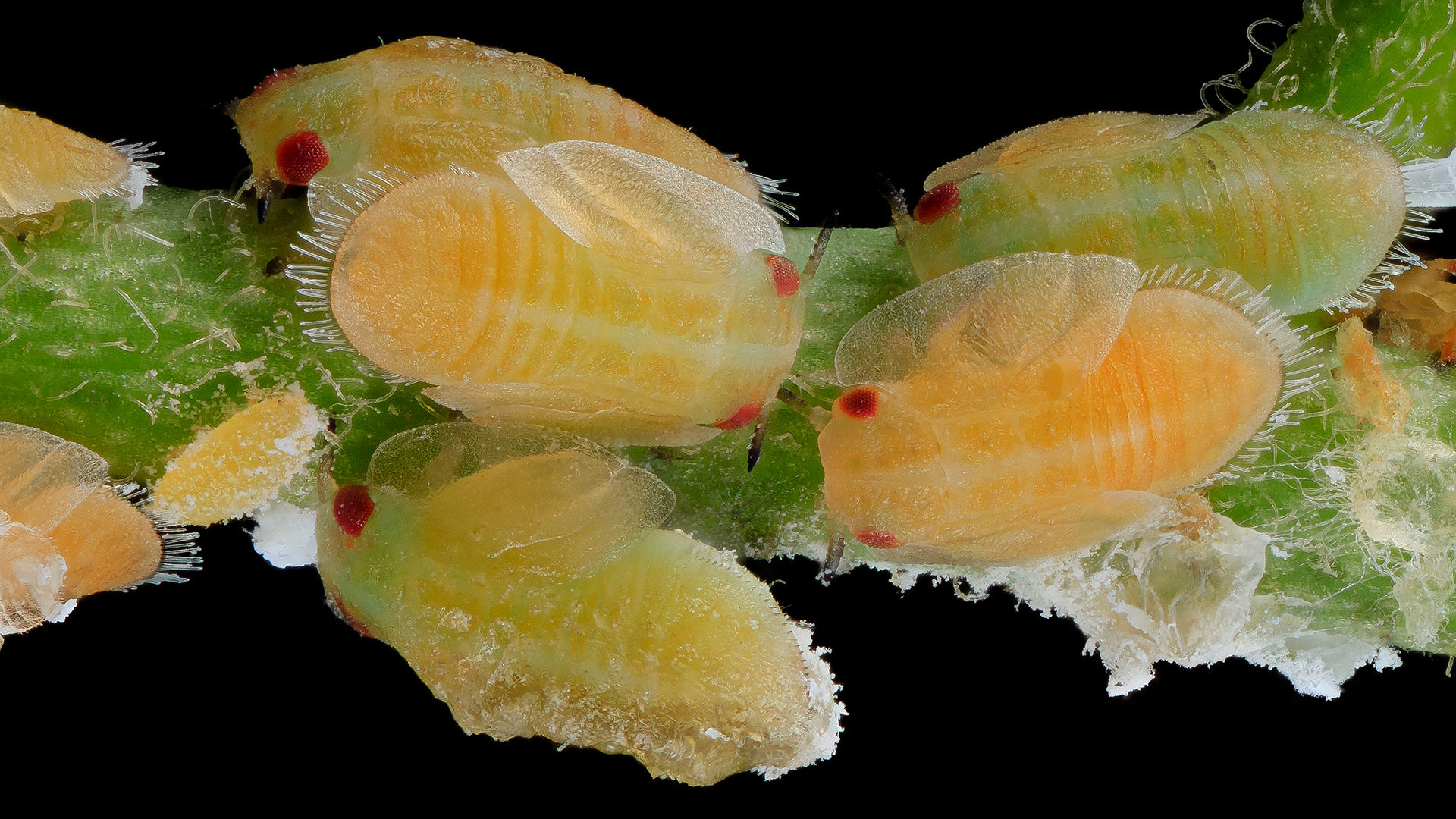New study maps risk areas for citrus greening
Orange juice is a breakfast staple, but the future availability of citrus products is threatened by the global spread of citrus greening disease, which prevents commercially viable fruit from forming.
A new study by an international research team — including UF medical geographer SADIE RYAN — identifies global regions most at risk of, and most resilient to, citrus greening.
“Translating these models into maps helps communicate our findings to citrus stakeholders, and creates a baseline for thinking about potential climate change impacts,” Ryan said. She holds joint positions with UF’s Emerging Pathogens Institute and the Department of Geography.
The disease has devastated Florida’s citrus industry and led to a nearly 75 percent decline in boxed orange production in 2018 — the lowest production level since World War II, according to the Tampa Bay Times. Jobs in the state’s citrus industry have declined by 59 percent in the past decade, allowing Brazil to emerge as the top global producer of orange juice and costing Florida an estimated $2 billion in economic impact.
Citrus greening is caused by a bacterium transmitted by the Asian citrus psyllid insect. Both the pathogen and insect have spread in recent years, devastating regions famous for high citrus production.
Affected fruits end up smaller than normal, with a blotchy green appearance, malformed lobes and low-quality juice. As citrus greening menaces growers worldwide, the citrus industry’s future may depend on identifying locations most resilient to production collapse.
A new paper* published in the Journal of Applied Ecology that Ryan co-authored with a research team investigates the temperature-driven comfort zone for citrus greening transmission.
Led by Rachel Taylor of the United Kingdom’s Animal and Plant Health Agency, the research team modeled how citrus greening transmission depends on temperature, and then mapped how this translates into areas where the disease could become established.
The model found that the successful infection of host plants can occur between 60.8˚F and 91.4˚F (16˚C to 33˚C), with peak transmission at around 77˚F (25˚C). The authors then mapped global suitability to show which months have temperature conditions that would place citrus groves at risk for infection.

This work provides critical information for citrus production and crop management moving forward. In areas known for high citrus production, preventing the establishment of the disease through increased surveillance and management may help prevent the devastating effects that citrus greening has had on other growers.
Click here to see more stories from the Summer 2019 Newsletter.
